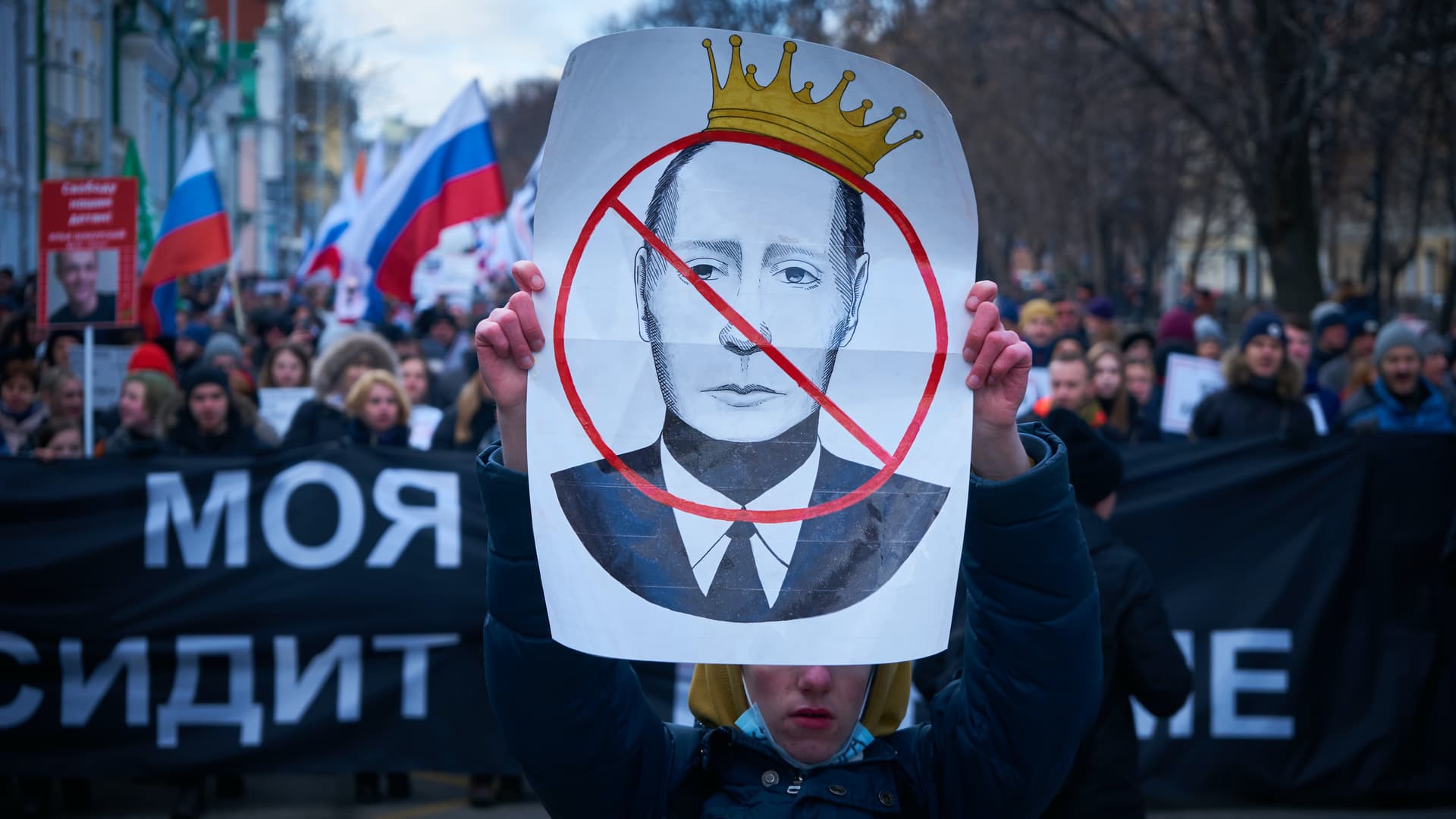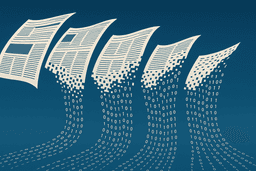
How TikTok, Telegram and Facebook are being used and misused to talk about the war in Ukraine
Russia cracked down on Western social media and free press in the country. On the other side, the West is blocking Kremlin-backed media. This hasn’t stopped disinformation campaigns.
The Fix Newsletter
Everything you need to know about European media market every week in your inbox
138 articles • 0 Followers










